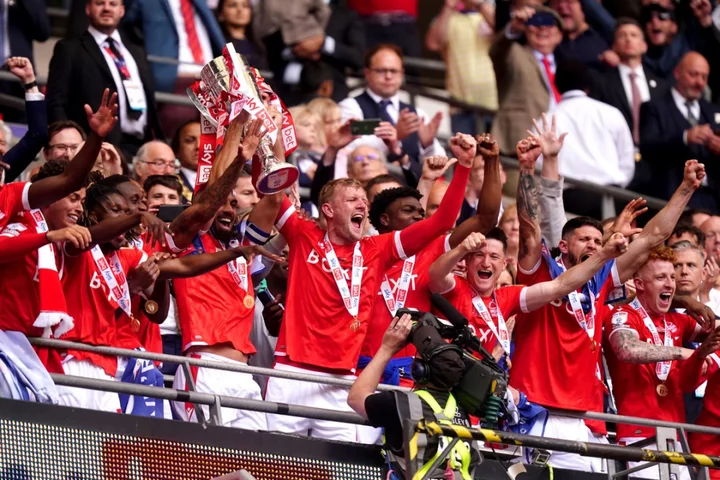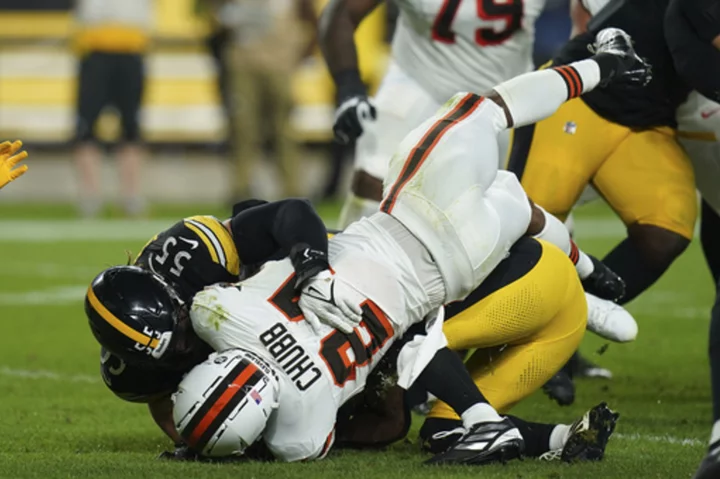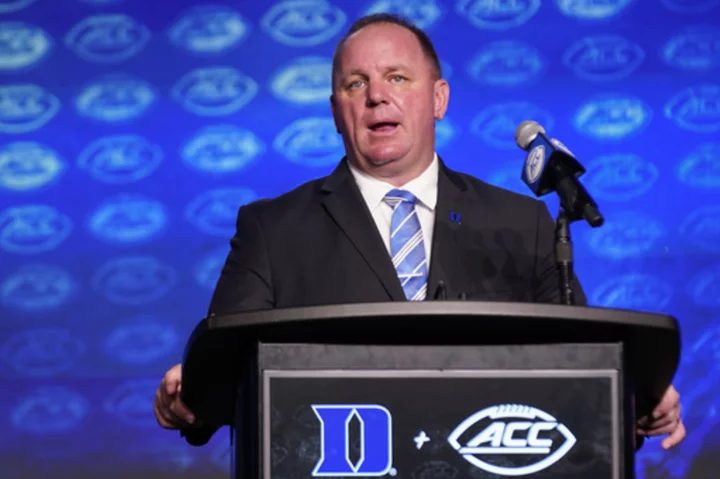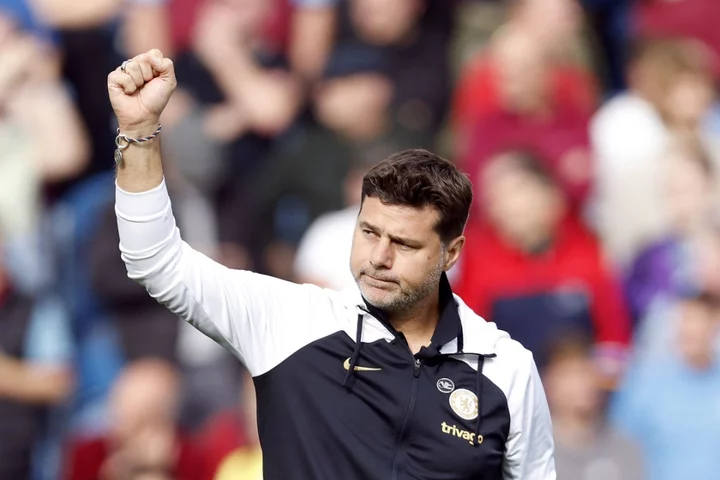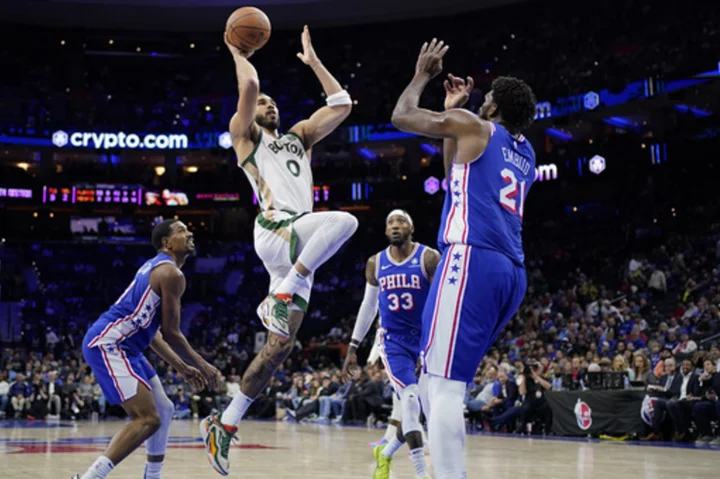Championship clubs’ spending on wages exceeded revenue for a fifth successive season in 2021-22, according to a new report.
Deloitte’s Annual Review of Football Finance found second-tier teams’ combined wages-to-revenue ratio was an astonishing 108 per cent, as clubs continued to chase the dream of reaching the Premier League.
Nottingham Forest, who ultimately succeeded in reaching the top flight at the end of the 2021-22 season via the play-offs, spent almost 200 per cent more on wages than they earned in revenue – £58.6million compared to £29.3m – in their promotion year, according to figures in the Deloitte report.
Championship clubs’ total revenue was up 13 per cent in 2021-22 compared to the season before, reaching £676million.
However, while wage costs fell for a second consecutive year, they remained higher than revenue for the fifth season in a row.
Tim Bridge, lead partner in Deloitte’s Sports Business Group, said: “The glamour of Premier League promotion is spearheading the continual drive for investment in Championship clubs, often in an unsustainable manner, driving some clubs to overstretch financially.
“It is critical that long-term decisions are now made by clubs’ owners and, with the introduction of the independent regulator, focus will turn to improving the distribution mechanism of revenues between the leagues and clubs.
“This must be accompanied by appropriate governance and financial controls to ensure that any proposed solution is suitable and sustainable.”
EFL chairman Rick Parry believes the disparity in revenue between the Premier League and the Championship has created a “cliff edge” between the leagues, and argues parachute payments are also fuelling inequality within the Championship.
Deloitte’s report underlines the value to clubs of reaching the Premier League. Relative to the 2022-23 season, it says revenue from broadcasters is expected to provide a minimum uplift of more than £90m for Luton, approximately £84m for Sheffield United and £54m for Burnley, with both of those two clubs in receipt of parachute payments whilst participating in the Championship.
The report said that should a club suffer immediate relegation, assuming they are not in receipt of parachute payments at that point, under existing arrangements the parachute payments from the Premier League will continue to provide an uplift over the following two seasons of at least £80m.
For a Championship club not otherwise in receipt of parachute payments, the value of promotion will be at least £170m across the next three seasons and, if a club survives their first season in the Premier League, they will be entitled to three seasons of parachute payments and the incremental revenue will be over £290m across five years.
Discussions over a new financial settlement between the two leagues are ongoing. The Government said in its White Paper on football governance that a new regulator will be given backstop powers to impose a settlement if one cannot be agreed, but it is unlikely the regulator will be up and running until 2024-25 at the earliest.
Parry accepts that reform of the distribution package has to go hand in hand with cost control measures, which are also part of the ongoing ‘New Deal For Football’ talks between the EFL, the Premier League and the Football Association.
What we really want to see in the English game is a variety and diversity of clubs coming through the league at different points in time
Tim Bridge, lead partner in Deloitte’s Sports Business GroupBridge believes it is vital for the leagues to see the common ground they share to resolve the dispute on distribution.
“The point I would make is that the longevity of the Premier League and the ability for clubs to move up and down between the Premier League and the Championship and to achieve variety in those clubs is a good thing for the overall brand and the marketing position of English football,” he said.
“Part of the beauty of the Premier League is always that any team can beat any other team. And so at any one point in time, what we really want to see in the English game is a variety and diversity of clubs coming through the league at different points in time, bringing new storylines, bringing new faces to the league because frankly that keeps it fresh.”
Wage spending in the Premier League in 2021-22 grew by £192m compared to the previous season, but this was outpaced by a £586m increase in revenue, meaning the top flight’s wages-to-revenue ratio fell for the second consecutive season from 71 per cent to 67 per cent.
That is still a significantly higher ratio than the average of the three seasons pre-pandemic up to 2018-19 – 58 per cent.
Across Europe’s ‘Big Five’ leagues as a whole however, revenue growth was outpaced by wages, which stood at 12.3 billion euros (£10.5bn).
This comes at a time when the continent’s football governing body UEFA has introduced new financial sustainability regulations, including a cost control rule which by 2025-26 will limit a club’s spending on wages, transfer fees and other player and coach costs at 70 per cent of turnover.
UEFA could go even further in the future, with president Aleksander Ceferin raising the possibility of a Europe-wide salary cap in an interview in April.

